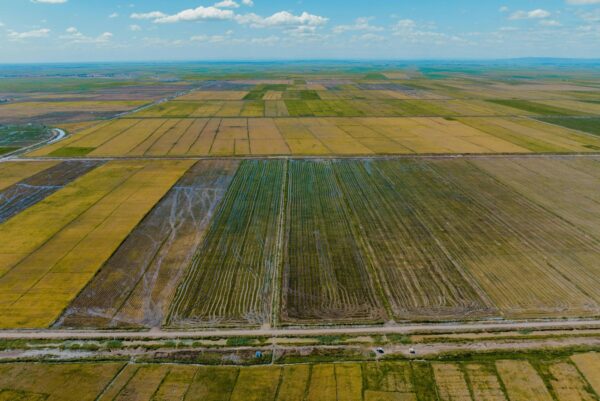Climate change impacts in Sub-Saharan Africa: from physical changes to their social repercussions
Authors
Olivia Serdeczny, Sophie Adams, Florent Baarsch, Dim Coumou, Alexander Robinson, Bill Hare, Michiel Schaeffer, Mahe ́Perrette, Julia Reinhardt

The repercussions of climate change will be felt in various ways throughout both natural and human systems in Sub-Saharan Africa. Climate change projections for this region point to a warming trend, particularly in the inland subtropics; frequent occurrence of extreme heat events; increasing aridity; and changes in rainfall—with a particularly pronounced decline in southern Africa and an increase in East Africa.
The region could also experience as much as one meter of sea-level rise by the end of this century under a 4 °C warming scenario. Sub-Saharan Africa’s already high rates of undernutrition and infectious disease can be expected to increase compared to a scenario without climate change. Particularly vulnerable to these climatic changes are the rainfed agricultural systems on which the livelihoods of a large proportion of the region’s population currently depend.
As agricultural livelihoods become more precarious, the rate of rural–urban migration may be expected to grow, adding to the already significant urbanisation trend in the region. The movement of people into informal settlements may expose them to a variety of risks different but no less serious than those faced in their place of origin, including outbreaks of infectious disease, flash flooding and food price increases. Impacts across sectors are likely to amplify the overall effect but remain little understood.











